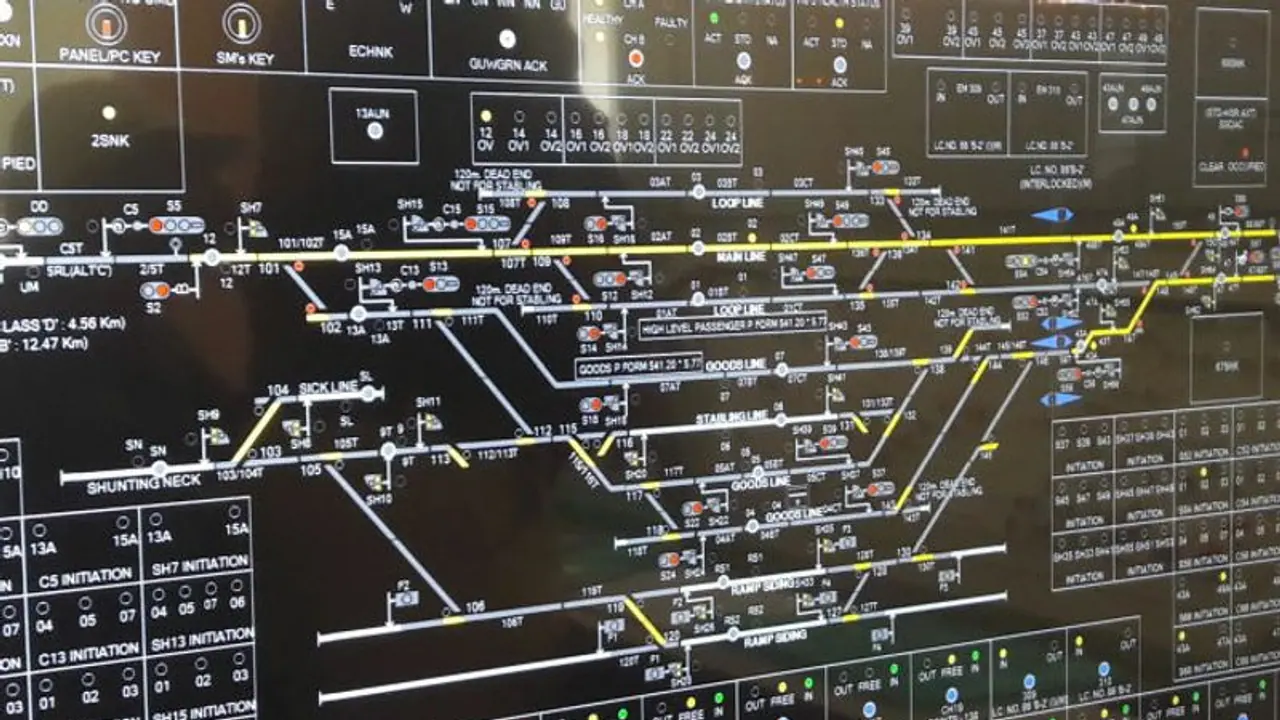The Electronic Interlocking (EI) system on Indian Railways is a signaling technology that is aimed at ensuring safe and efficient train operations. It replaces the traditional mechanical lever-based interlocking system with electronic controls and computerized logic.
Railways Minister Ashwini Vaishnaw on Saturday informed that "changes" to the electronic interlocking led to the horrific crash involving three trains in Odisha's Balasore district. The crash claimed nearly 300 lives and injured over 900 passengers.

How can India prevent train collisions? Here are some options other than 'Kavach'
The Electronic Interlocking (EI) system on Indian Railways is a signalling technology that is aimed at ensuring safe and efficient train operations. It replaces the traditional mechanical lever-based interlocking system with electronic controls and computerized logic.
Let us see how the Electronic Interlocking system works on the Indian Railways:
Components: The system consists of various components, including track circuits, signals, point machines, signal control units, interlocking control units, and central control panels.
Track Circuits: Track circuits are installed along the railway tracks to detect the presence of trains. They are electrical circuits that detect the occupancy of a specific track section, enabling the signalling system to determine the train's location.
Signals: Signals are visual indications displayed to train drivers, conveying information about the track conditions ahead. These signals include colour lights, semaphores, and other visual elements. The Electronic Interlocking system controls the operation of signals based on train movements and track occupancy.
Point Machines: Point machines are devices used to control the movement of railway switches or points. They are responsible for aligning the tracks, allowing trains to switch between different routes. The Electronic Interlocking system electronically controls these point machines to ensure proper routing and prevent conflicting movements.
Interlocking Control Units: These are the central processing units of the Electronic Interlocking system. They receive inputs from various track circuits, signals, and point machines, and they continuously monitor and analyze the data to ensure safe train movements. The interlocking control units implement complex logic to prevent conflicting train movements and route trains appropriately.
Central Control Panels: The Electronic Interlocking system is operated and controlled from central control panels. These panels provide a graphical interface where railway operators can monitor the status of signals, track occupancy, and point positions. They can also manually control certain aspects of the signalling system if needed.
Communication: The Electronic Interlocking system relies on reliable communication networks to exchange information between various components. Fibre optic cables and other communication channels are used to transmit data, commands, and status updates in real time.
Overall, the Electronic Interlocking system ensures the safe and efficient movement of trains by coordinating the signals, track circuits, and point machines. It minimizes the possibility of human errors and provides advanced features such as automatic route setting, centralized control, and improved operational flexibility.
Coromandel Express crashed at 128 kmph, was not on main line: Initial probe
